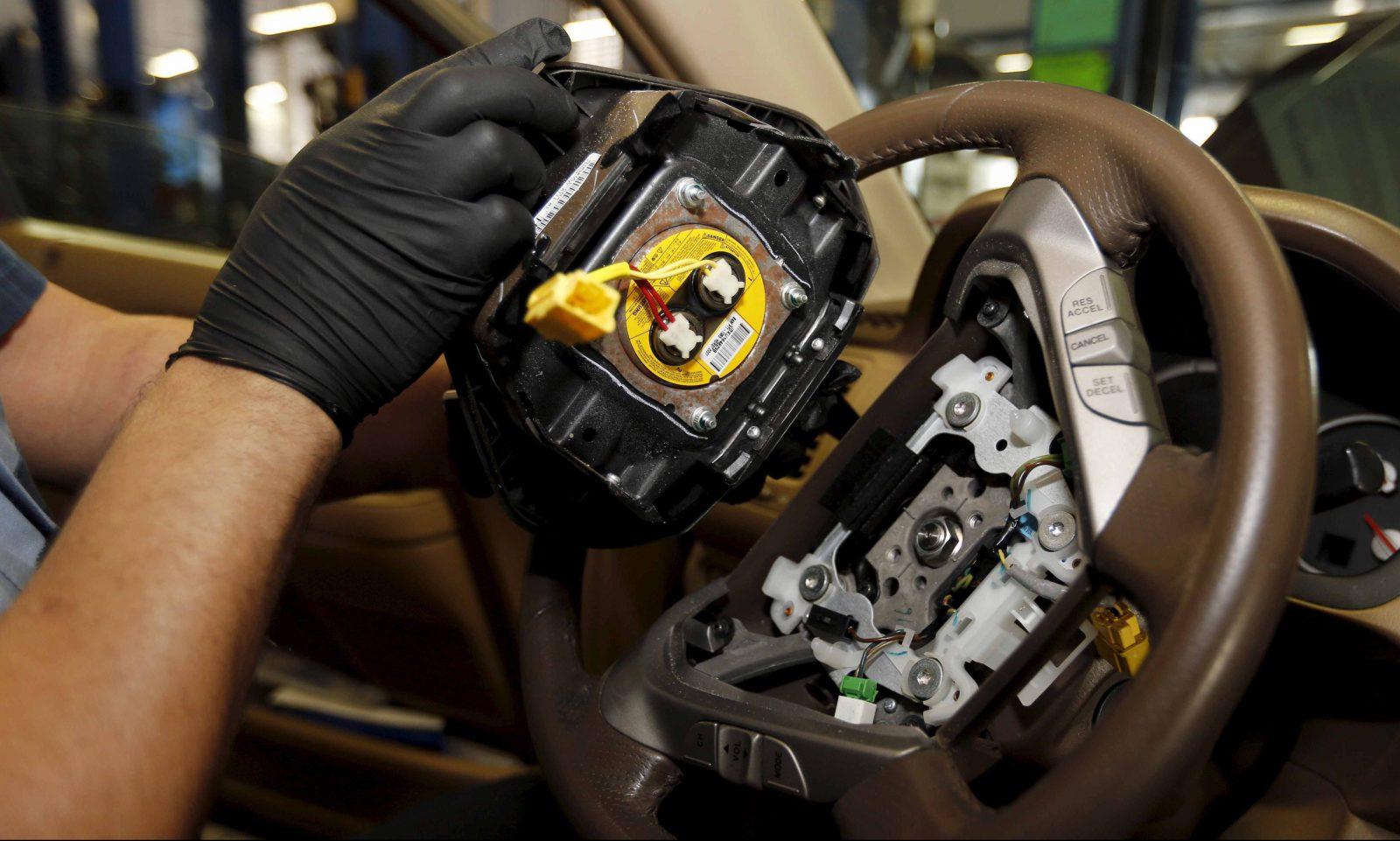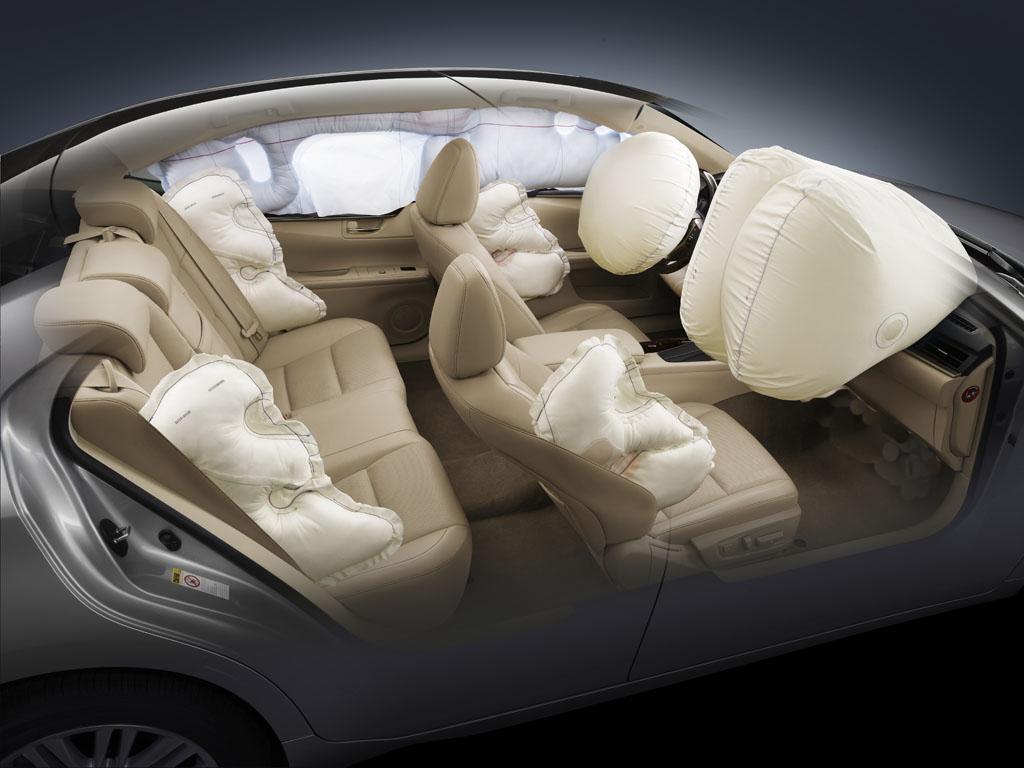In the era of vehicle development, the increasing number of cars undoubtedly leads to the growth of accident rate. For that reason, car producers are always searching and creating equipment to make sure drivers will be safe.
Air bag – car owner’s best friend is created for that purpose. For many of you, it is still an unfamiliar definition. So what is an air bag and how important is it?
Contents
All You Need To Know About Air Bag
Airbag History
Even though invented and specified for automobiles in 1941, the airbag is credited to an American named John W.Hetrick on 18 August 1953. Three months later, Walter Linderer, a German engineer was also issued on 12 November 1953.
Developed from the early 1940 and publicly used in 1970, air bag is a vehicle safety device equipped for most of the car nowadays.
When there are collisions in the event of failure braking or sudden impact, it will inflate extremely quickly and become a soft restraint to protect car owners.
Interestingly, airbags from Linderer and Hetrick had many common details and working functions: Released by bumper contact, spring, sudden impact or by the driver himself.
The Structure Of An Airbag
Air bag system contains 3 main parts.

Airbag

This is the big, soft cushion that will protect the drivers from sudden impact. The airbag made of woven nylon fabric and coated by talcum powder or corn starch for drivers to assemble it easier, along with preventing the fabric from sticking together.
In newer models, the materials for airbag, especially driver’s side air bag, is silicone and urethane. These materials are not only stronger but also do not require a heat shield coating like older airbag models.
Inflator

You might think this is a small piece of metal, but the inflator is actually an important part of the airbag system that prevents propellant contamination.
It is made from either cast aluminum or stamped stainless steel. Inside the inflator, there is a filter assembly which is made of a steel wire and ceramic material.
In order to join stainless steel together, as well as aluminum inflator sub-assemblies, the engineers use laser welding and friction inertia welding.
By doing these, the inflator assembly will be much stronger and more endurable. After that, it will be tested to make sure about the quality and ready to use when needed.
Propellant

How can the small air bag can turn into a huge cushion to protect driver? It also thanks to the propellant, which located between the initiator and the filter assembly.
The part is a mixture of oxidizer and sodium azide. After carefully examination, these two will be blended under sophisticated computerized and the propellant mixture will be sent to storage.
Propellant takes the role to inflate the air bag when accident happens.
SEE MORE:
The Importance Of Air Bag
How Air Bag Protects The Driver

When there is an impact, the crash sensor named ACU will recognize the impact immediately.
Firstly, ACU which controls the sensor, speed, brake pressure,… will measure the impact. If the number is higher than the acceptable level, the detonator will be triggered.
The spark from the crash sensor will then transfer to the inflator, which sets off the propellant mixture which produces nitrogen gas.
The large amount of gas will inflate the airbag with the speed of 300 km/h, perfect timing to save the driver’s life from hitting any hard object in front of him.
There are tiny holes on the surface of the bag to release the gas inside, which helps the driver move out of the car.
FAQs
-
Can seatbelts alone provide adequate safety?
Seatbelts are a fundamental safety feature and offer significant protection. However, airbags complement seatbelts by providing protection in scenarios where seatbelts may not be sufficient, such as side impacts or high-speed collisions.
-
Are airbags in all vehicles the same?
No, airbags vary in design and functionality. There are front airbags, side airbags, curtain airbags, and knee airbags, each designed for specific types of impacts. Vehicle manufacturers use different airbag systems to optimize safety.
-
Can airbags be harmful in some situations?
While airbags are designed to enhance safety, they can potentially cause injury if not used properly or if occupants are too close to the airbag during deployment. Proper seat positioning and seatbelt use are essential.
-
Do older cars without airbags lack safety?
Older cars may not have advanced airbag systems, but they can still be safe if they have other safety features like strong structural integrity, crumple zones, and effective seatbelts. However, modern airbags are a significant safety advancement.
-
Are airbags a substitute for responsible driving?
Airbags are a supplemental safety feature. Responsible driving practices, obeying traffic laws, and avoiding risky behaviors are essential for overall road safety.
-
Are airbags more important for specific groups of people, such as children or seniors?
Airbags benefit all occupants, including children and seniors. However, proper child restraints and seating adjustments are crucial to ensure airbags deploy safely for different age groups.
-
Are there any alternatives to airbags for safety?
While airbags are effective, other safety features like electronic stability control, anti-lock brakes, lane departure warning systems, and collision avoidance technologies contribute to overall vehicle safety.
-
Are airbags becoming more advanced with time?
Airbag technology continues to evolve. Advanced systems can detect the severity of an impact and adjust airbag deployment accordingly, reducing the risk of injury.
Check out this video from Lesics to learn how Airbag works in a visual way!
The Results
According to the National Highway Traffic Safety Administration (NHTSA), from 1987 to 2008, airbags saved approximately 25000 drivers in America. The positive results of this equipment makes it an essential car part on every vehicle around the world.
Thanks to the airbag system, the driver can protect himself from getting injured at head, neck, chest and face.Beside from that, the threats from sharp objects inside the vehicle will also be limited when the airbag system is the car owner’s shield.
In order to avoid risk while driving cars, you must have an air bag at all costs!



